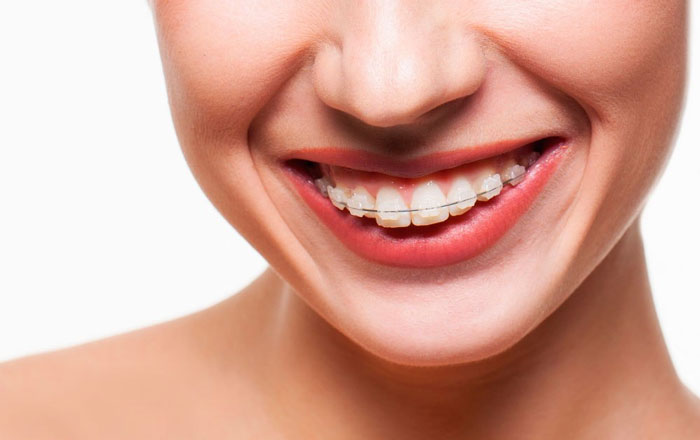Table of contents

Are you a dental hygiene pro? Here are the 8 most common mistakes you can make when brushing your teeth:
Be wary of using only mouthwashes or sugar-free chewing gum.
We know scientifically that mouthwashes do not remove interdental plaque. It is also insufficient to lower the pH of saliva with chewing gum if bacteria have not been eliminated beforehand by brushing your teeth properly, because they will continue to accumulate in the interproximal areas.
Chewing gum also leads to stress on the adhesive and the decementation of attachments.
Spend enough time
The biggest mistake is not brushing your teeth at all or only for a short time because you can leave areas unbrushed. To keep your teeth healthy, you should brush “at least” 2 times a day (ideally 3) and for 3-4 minutes each time (a song usually lasts 3-4 min so it’s not too bad).
If you don’t wear braces, 2 minutes is enough, but with fixed orthodontics you have to increase the brushing time to do it properly. Brushing 5 times a day doesn’t improve your dental health either, you can cause recessions in your gums that will show your roots and cause tooth sensitivity. If you brush 2 – 3 times a day, that’s enough.
Focus, don’t clean your teeth while doing other tasks:
It is proven that multitasking doesn’t work, it slows you down on total tasks and the result is less effective.
Brushing needs attention so that you don’t clean 3 times one area and no other, to go over the most difficult areas (behind the last molars, between the gum and the tooth, on the inside of the teeth, in the triangles that form between the arch and the faces between tooth and tooth) without overlooking them. Stand in front of the mirror and concentrate, making sure when you have finished that there is no residue.
Keep your toothbrush dry before brushing your teeth.
The bristles of the toothbrush are made of tinex, which is a material that absorbs moisture like cotton. If the cotton is already soaked, it’s like cleaning with a sponge full of water, the bristles soften and don’t pick up the dirt.
Use only a little toothpaste, the size of a pea is enough.
Although it may seem strange, using more toothpaste does not make brushing better. It is better to use no toothpaste and brush well than to fill your mouth with foam and not reach all the nooks and crannies.
Wait 15 – 30 minutes after meals to brush your teeth.
Especially if you have eaten acidic foods such as lemons or oranges as this can abrade the surface of the teeth. By waiting you give your saliva time to neutralise the acids.
Rinse gently at the end.
Toothpastes have fluoride and/or other substances that can help you avoid sensitivity or bleeding, if you rinse too hard you will completely remove the active ingredient and you will not let it act.
Change your toothbrush every 3 months, i.e. every change of season
There is no need to wait until the bristles of the brush are completely horizontal.
As soon as the tips wear down, brushing becomes less effective and you end up squeezing the brush harder, which can hurt your gums or wear down your teeth. If you see that you need to change it sooner, you can do it every 2 months. If you use electric toothbrushes, it is advisable to change the brush heads more frequently when you wear braces, because they break down sooner.



